Nursing Essay: Handwashing and the STEEP Framework in Healthcare
VerifiedAdded on 2023/06/05
|5
|830
|91
Essay
AI Summary
This nursing essay explores the critical role of handwashing in preventing the spread of germs and infections within healthcare settings. It examines the STEEP framework (Safe, Timely, Effective, Efficient, Equitable, and Patient-centered) and how proper hand hygiene aligns with and supports each of these key aspects of quality patient care. The essay discusses the consequences of inadequate handwashing, emphasizing the transmission of bacteria and other harmful microorganisms. It also details a correction plan based on the STEEP framework, evaluating its effectiveness and cost. The essay highlights how handwashing practices contribute to patient safety, timeliness of care, the efficiency of healthcare delivery, equitable treatment, and a patient-centered approach. The essay concludes with a discussion of evaluation methods for assessing the effectiveness of the handwashing plan, emphasizing the importance of guidelines, patient involvement, and evidence-based practices. References to relevant research and literature are provided to support the arguments made throughout the essay.
1 out of 5
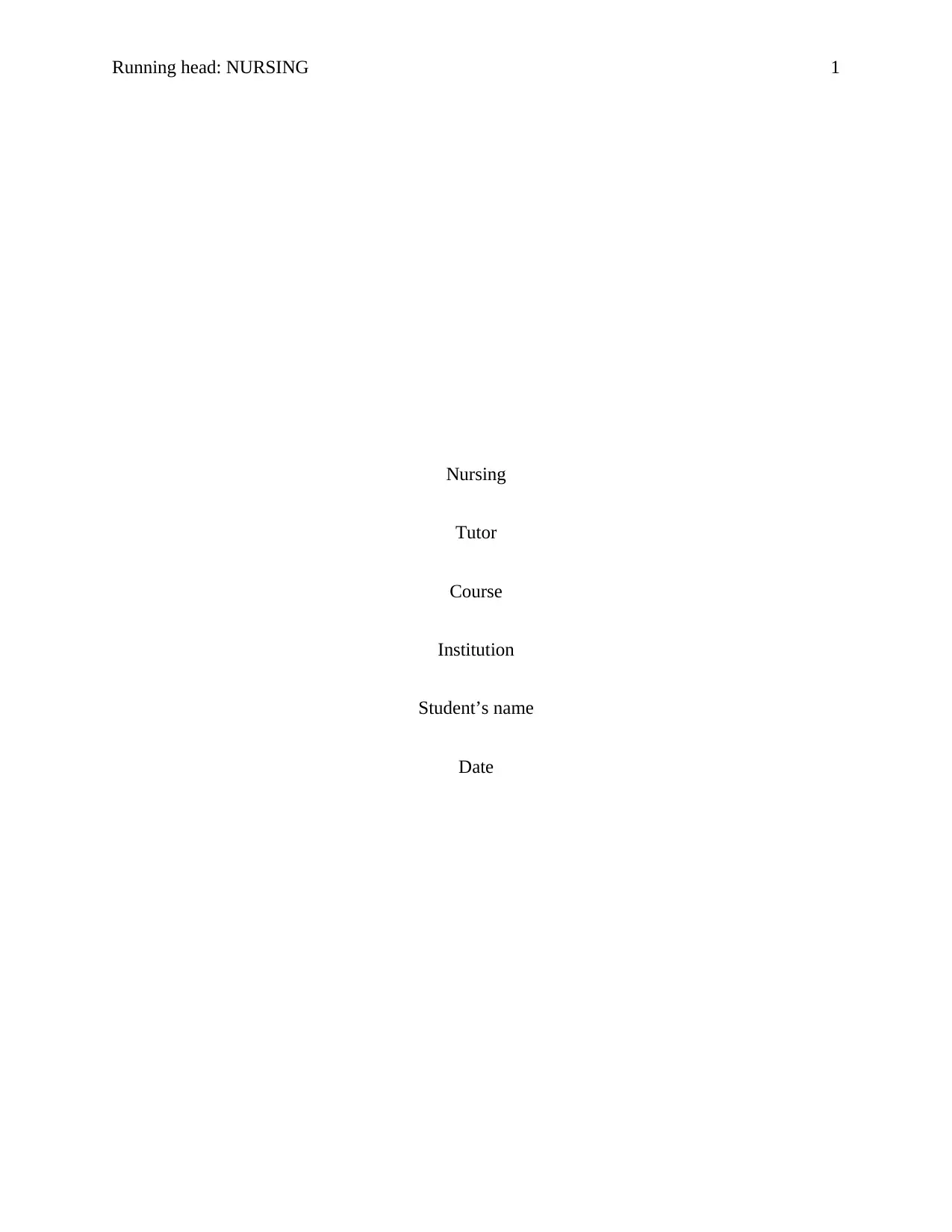
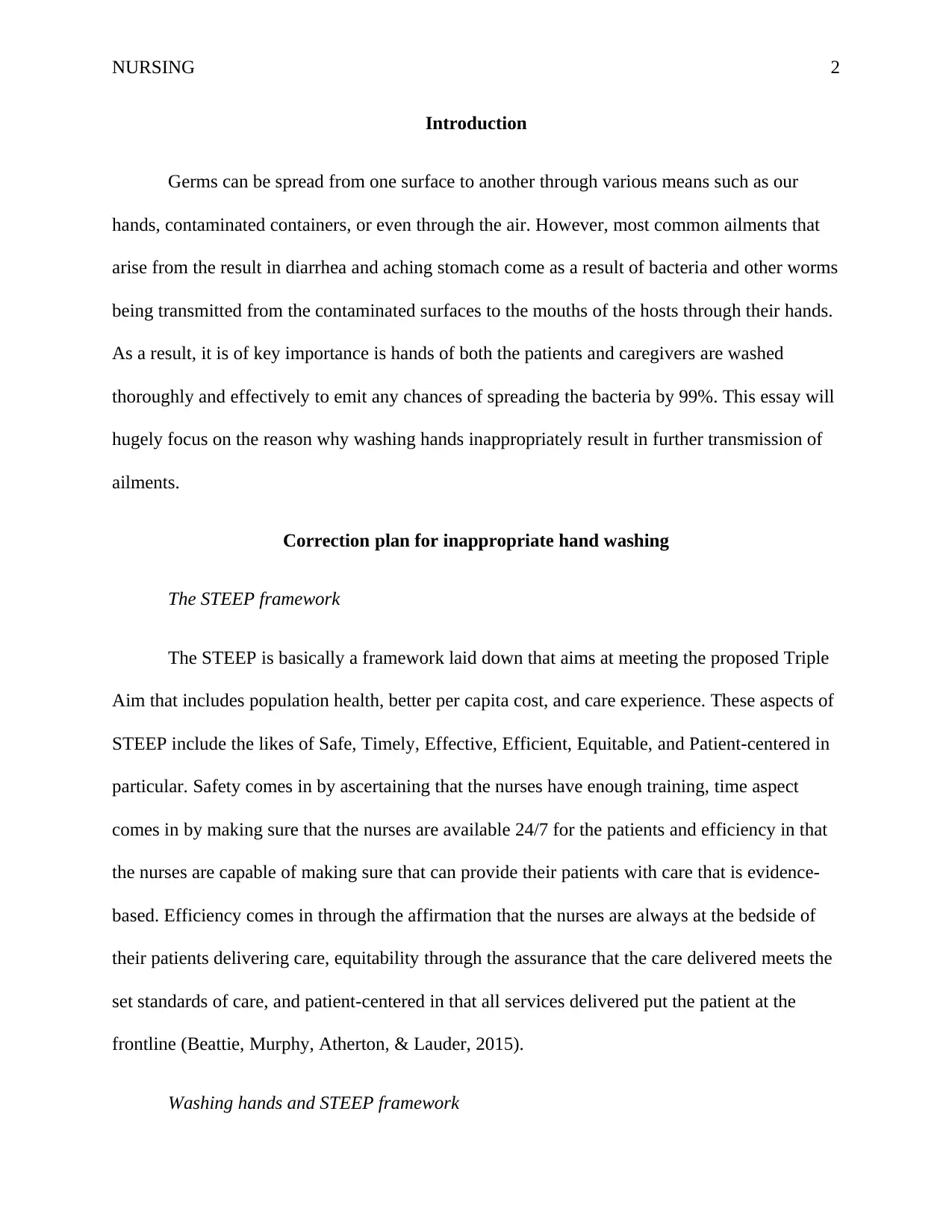
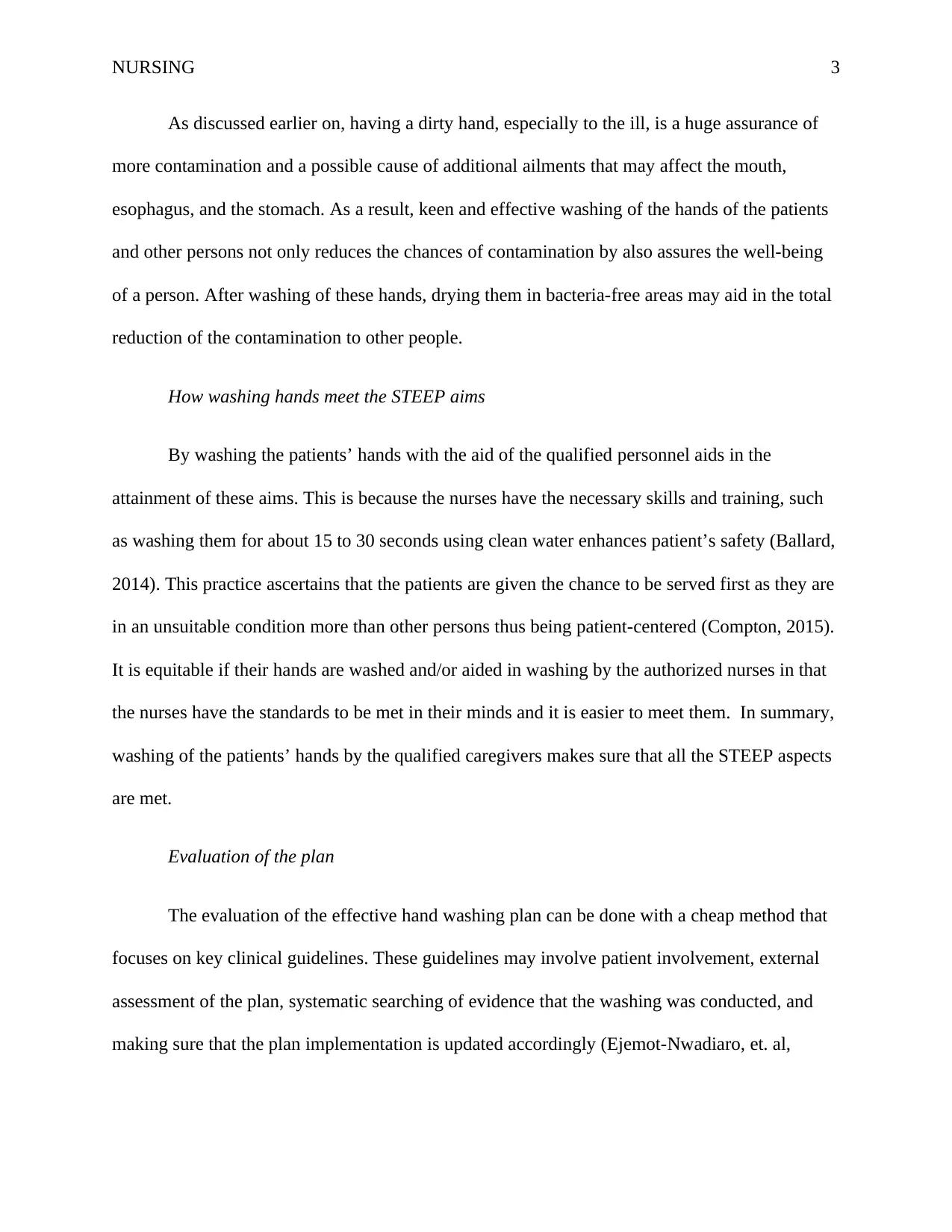

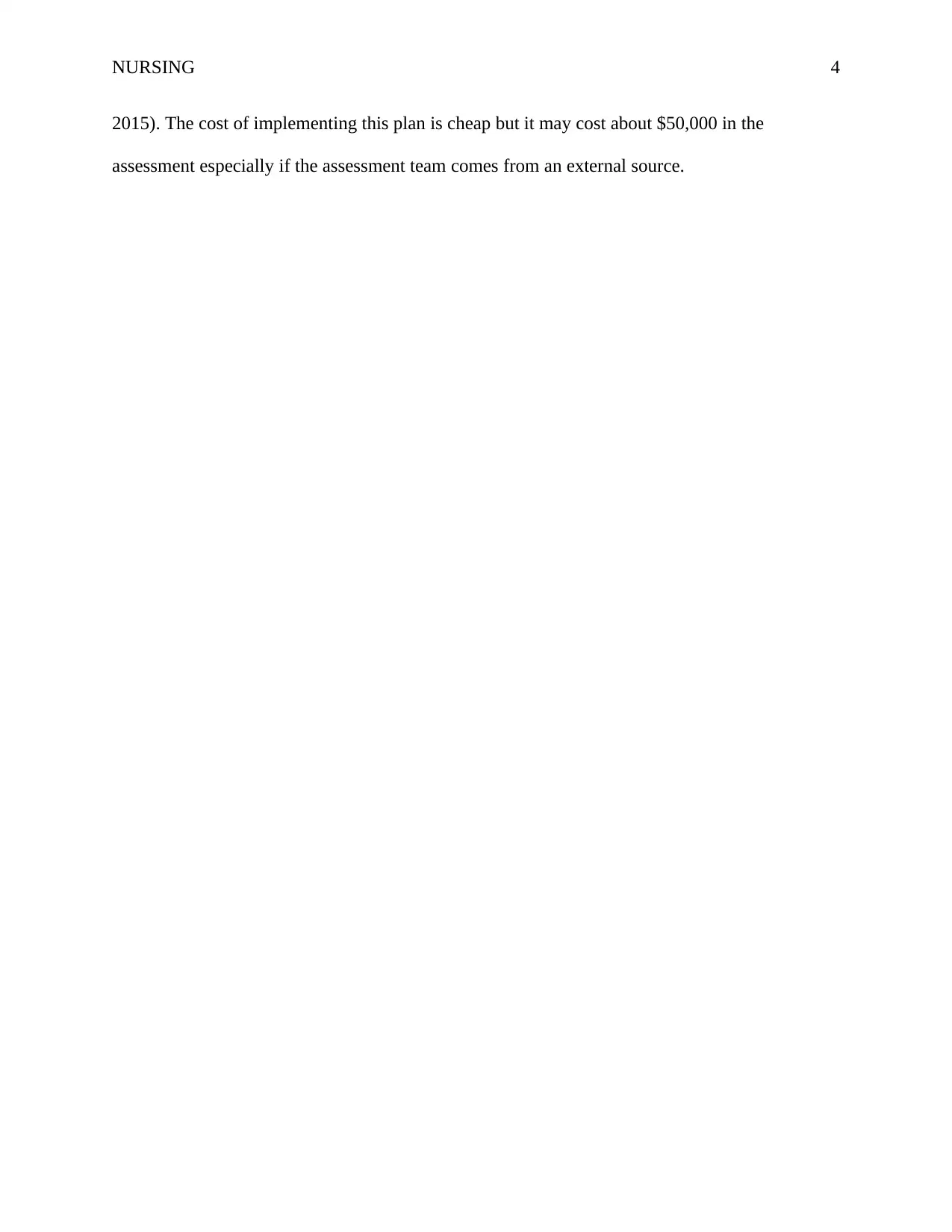
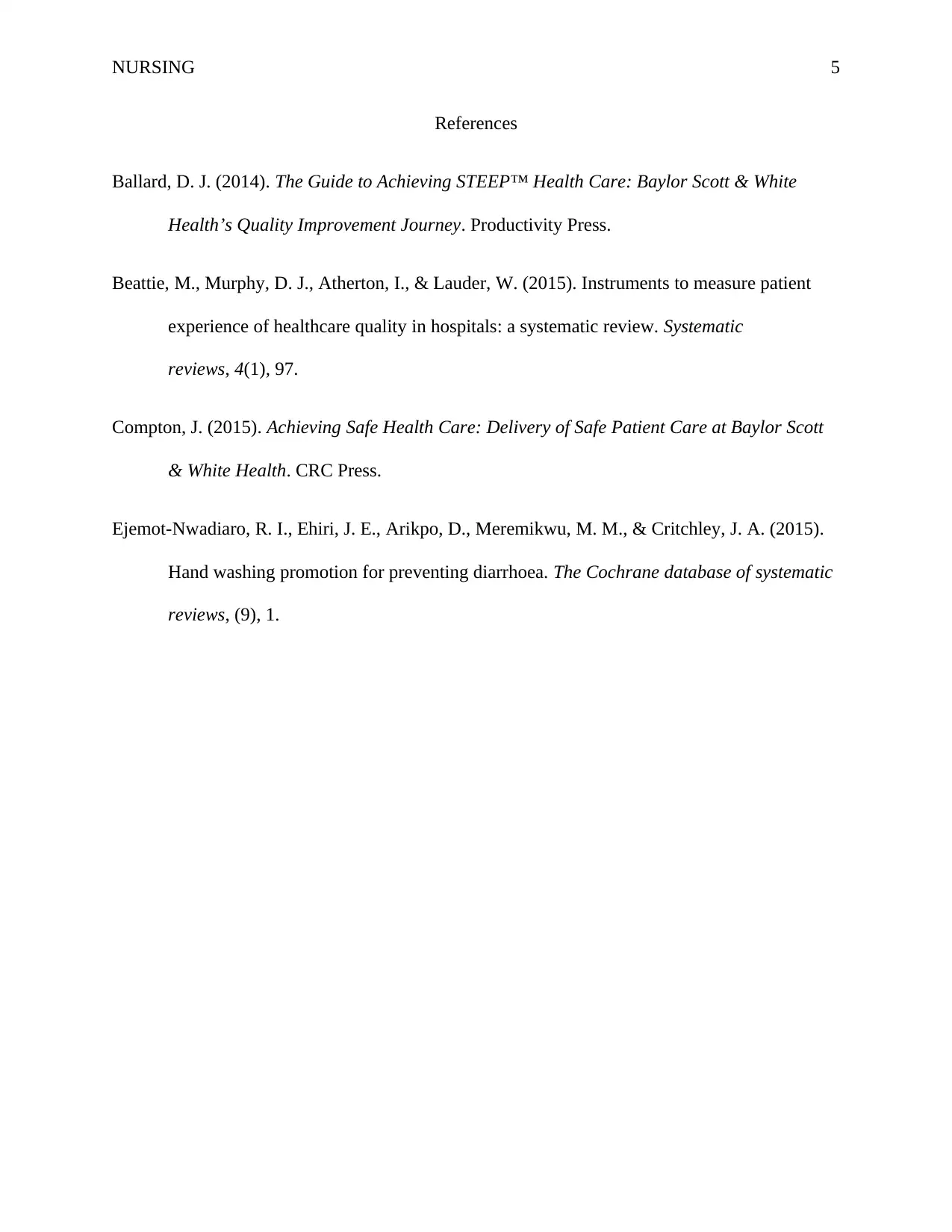


![[object Object]](/_next/static/media/star-bottom.7253800d.svg)